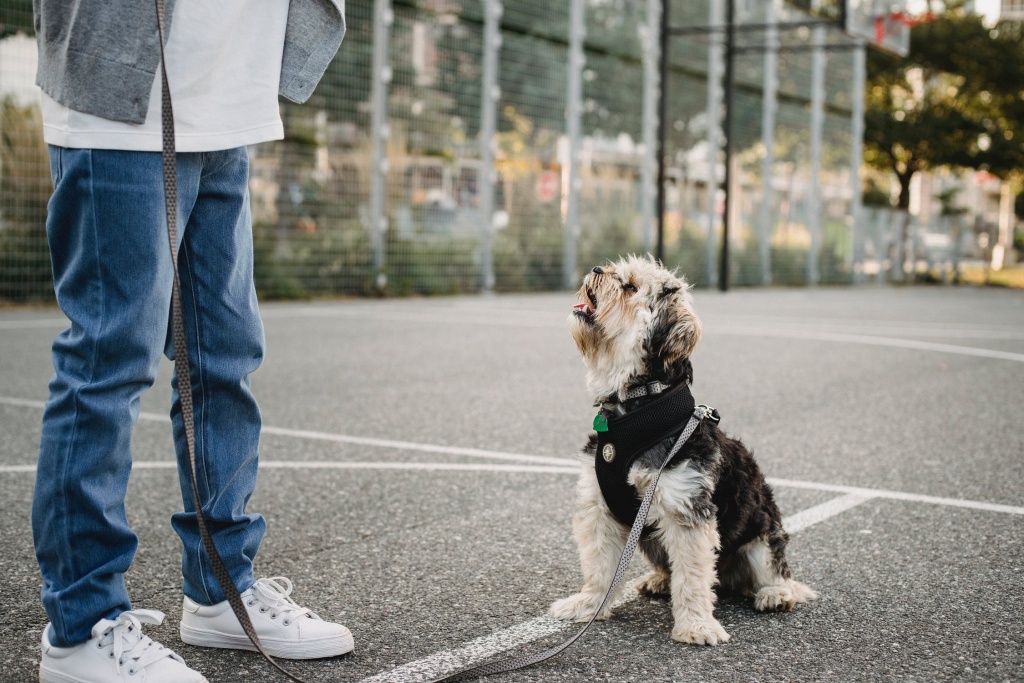
April 10th marks dog bite prevention week, and it is important to refresh your knowledge of simple ways to avoid a traumatic event for you or your children. Most children do not link dogs would ever hurt them, but millions of dog bites occur every year. Most children bitten by dogs are under age 14. Advise for dog owners and how you should teach your children to act around dogs are listed below.
How to avoid dog bites [1]:
- Always supervise your kids around animals
- Always ask the owner if it’s OK to pet the dog
- Let the dog see and sniff you before petting it
- Do not run toward or away from a dog
- Never squeeze dogs too tight, drop them, fall on them, or jump on them
- Never tease dogs or pull their tails or ears
- Never bother dogs while they’re eating, sleeping, or taking care of puppies
- Never take a toy or bone away from a dog or play tug of war with a dog
- Always put a treat in your palm with your fingers and thumb held close together
- Never back a dog into a corner
What to do in a dangerous situation with a dog [1]:
- If an unfamiliar dog comes up to you or your children, put anything you can between you and the dog.
- If knocked over by a dog, roll into a ball, cover your face, and lie still
Warning signs that a dog may bite [2]:
- The dog begins avoiding eye contact, yawning, or licking lips which indicates they are feeling anxious or scared
- Baring teeth or growling indicates that the dog is in an aggressive mood and on the verge of biting
- Ears forward, back fur standing up, and stiff stance indicate that the dog is on edge and might be ready to bite
What to do if a dog does bite [2]:
- Separate your child from the dog immediately
- Control the bleeding and wash out the wound with soap and water
- Seek medical attention
[1] https://kidshealth.org/en/parents/dog-bites.html
[2] https://www.vumc.org/injuryprevention/preventing-dog-bites